Industrial chillers have gone through a long holiday with people, and they need to pay more attention when restarting.
When a chiller is restarted after a long shutdown, a series of checks are required to ensure its normal operation and safety. The following are general steps and inspection items:
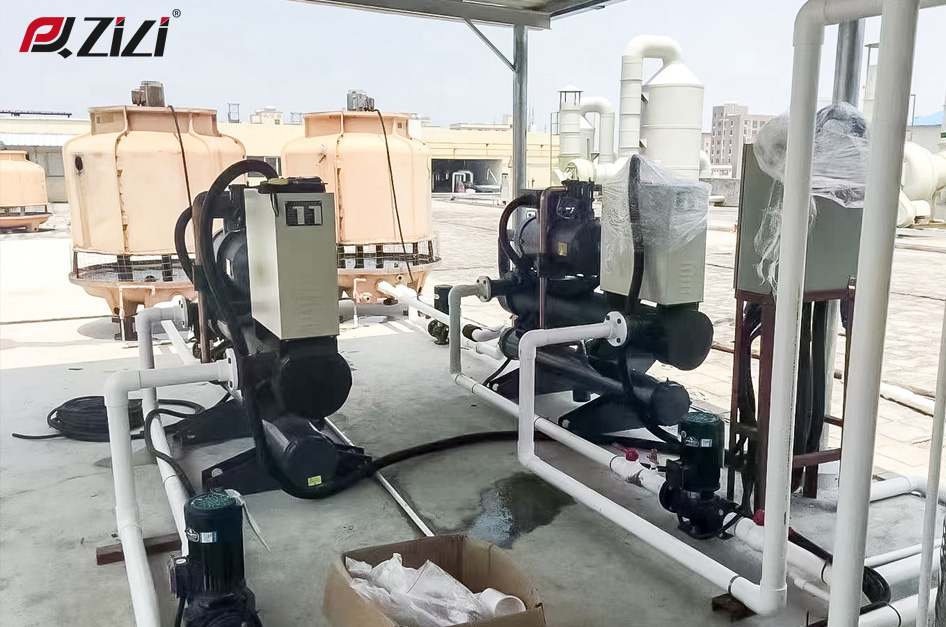
Preparation: Before restarting, make sure there are no obstacles around the chiller and check whether the power supply and water source are normal.
Check the cooling water system: Check the water level in the cooling water system to ensure there is sufficient water. If needed, add appropriate amount of water. Make sure the cooling water system valves and pipes are not leaking or damaged.
Check the lubrication system (if applicable): If the chiller has a lubrication system, make sure the lubricant level is normal and that the oil pump and lubrication lines are not clogged.
Check the control system: Check the temperature, pressure and flow sensors to make sure they are working properly. Check the setting parameters on the control panel to ensure they match actual requirements.
Manual Operation Check: Before restarting, manually operate key components such as compressors, fans, and valves to ensure they are operating freely.
Monitor operating status: Once the chiller is restarted, closely monitor its operating status. Make sure that all indicators are within the normal range, such as temperature, pressure, flow, etc.
Records and maintenance: Record all steps and inspection results during the restart process, and develop an appropriate maintenance plan in accordance with the manufacturer’s recommendations to ensure long-term stable operation of the chiller.
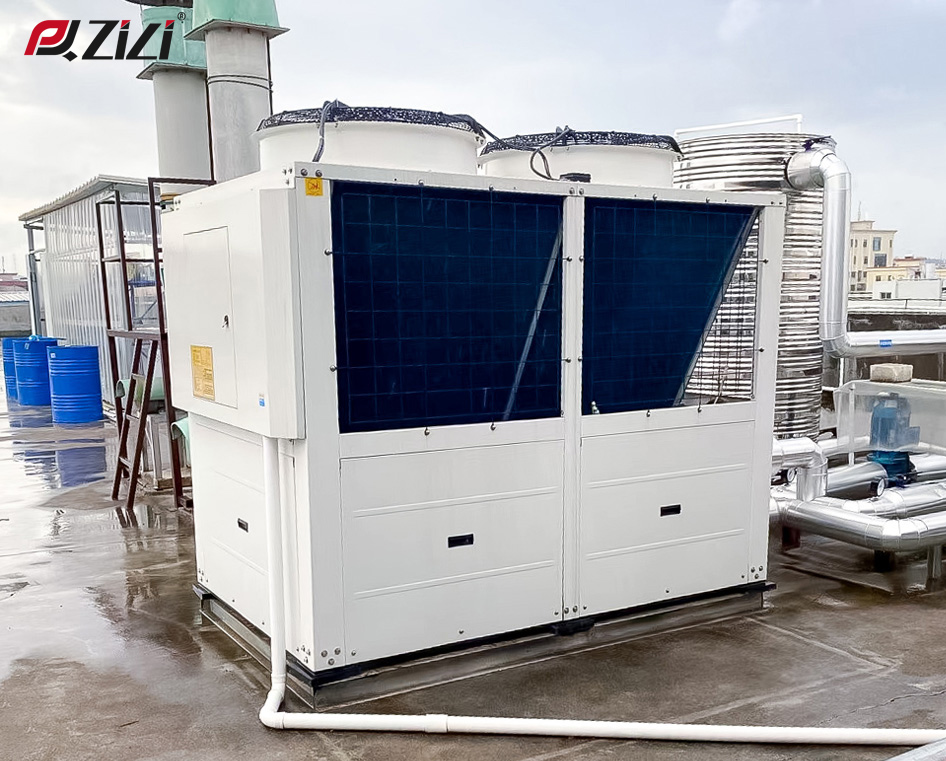
A series of inspections are required before and during operation of the chiller to ensure its normal operation and efficient performance. Here are some common inspection items
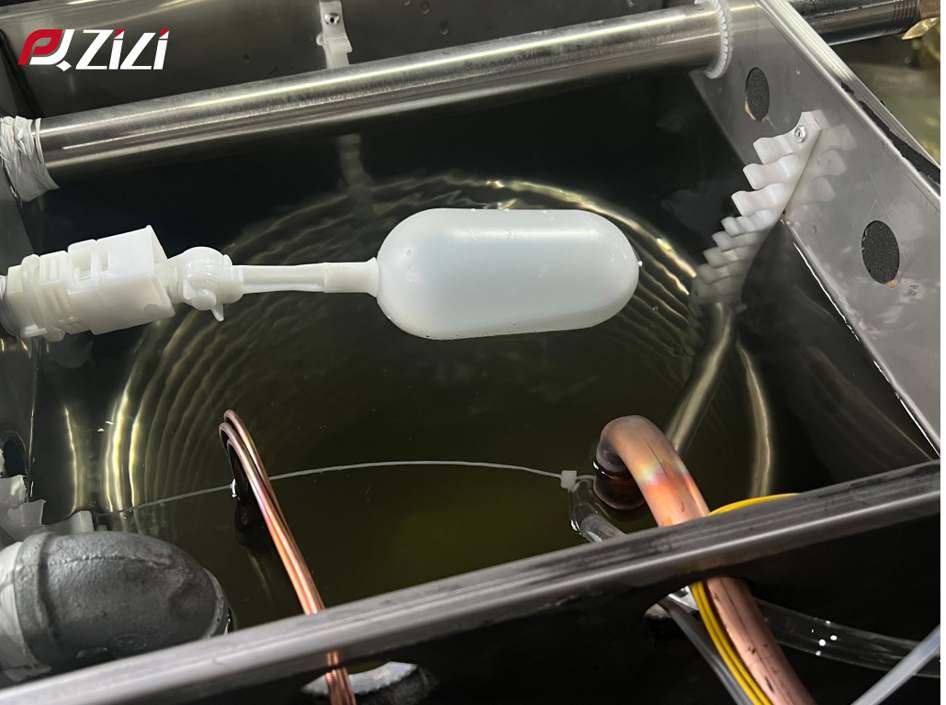
Make sure the water level in the cooling water system is sufficient and not lower than the specified level.
Check the water quality in the cooling water system to ensure that the water quality is good and free of impurities.
Check the cooling water system pipes, valves and connections to make sure there are no leaks or damage.
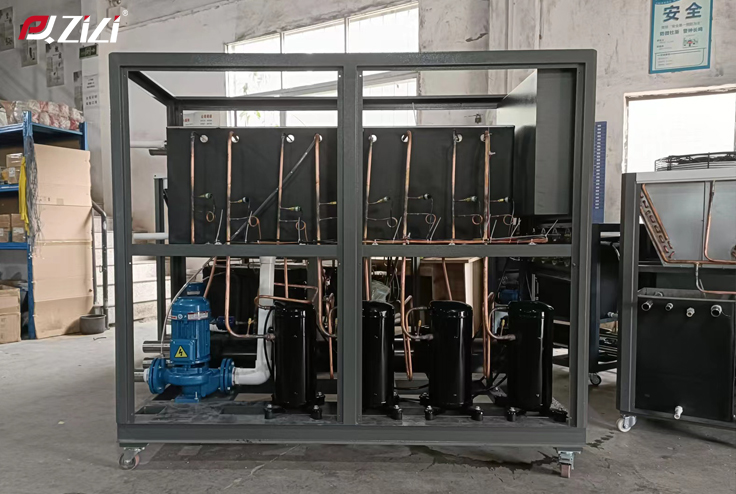
Check the appearance of the compressor to make sure there is no obvious damage or foreign matter getting inside.
Check the compressor's electrical wiring to make sure the connection is tight.
Check the compressor oil level to make sure it is within the normal range.
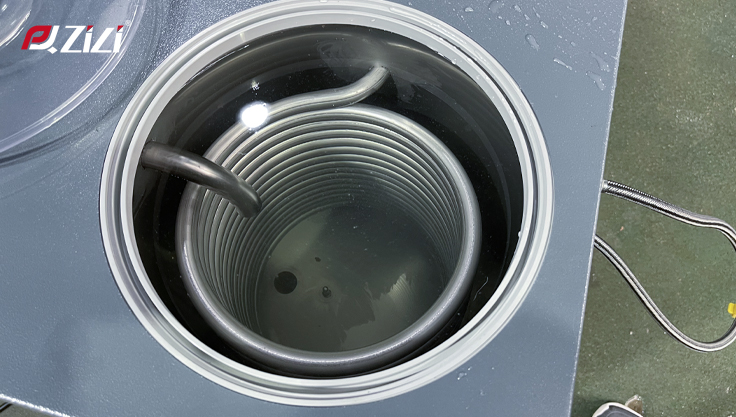
Clean the condenser and evaporator surfaces to ensure there is no dust or dirt affecting heat transfer efficiency.
Check the condenser and evaporator pipes and connections to make sure there are no leaks or damage.
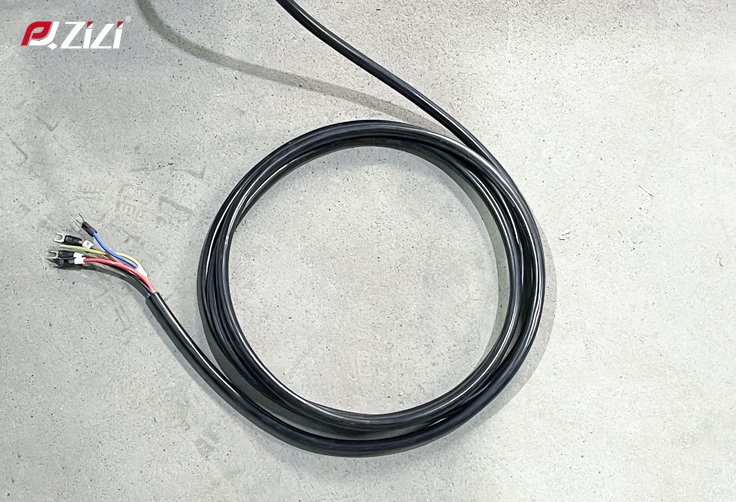
Check the power cord and plug to make sure they are securely connected and not damaged.
Check circuit breakers and fuses to make sure they are in the correct location and rated.
Check the control panel and electrical components to ensure proper functionality.
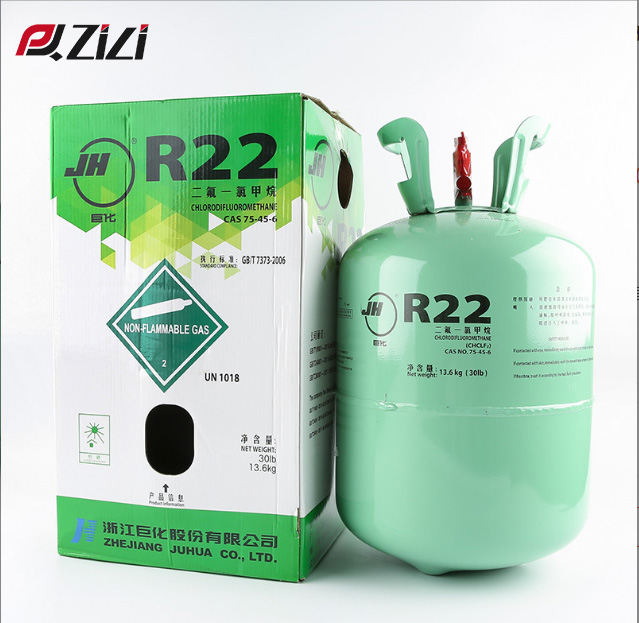
Check the filling level of coolant (such as refrigerant) to make sure it is within the normal range.
Check the coolant pressure to make sure it is within the manufacturer's specifications.
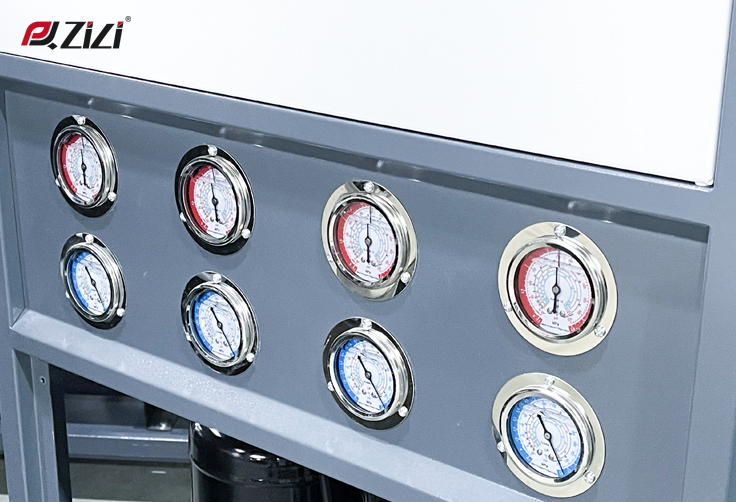
Check the chiller's safety valves, overpressure protection devices and other safety devices to ensure they are functioning properly.
Check the chiller's temperature sensor and pressure sensor to ensure accuracy.
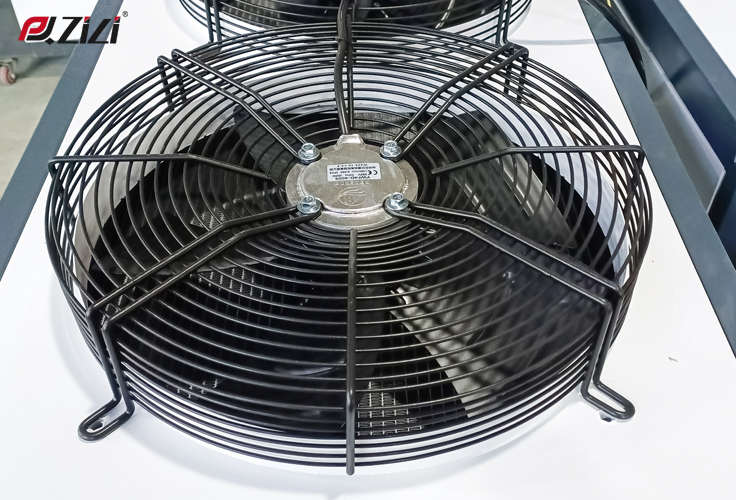
Check the bearings and connections of mechanical components such as fans and pumps to make sure they are not loose or worn.
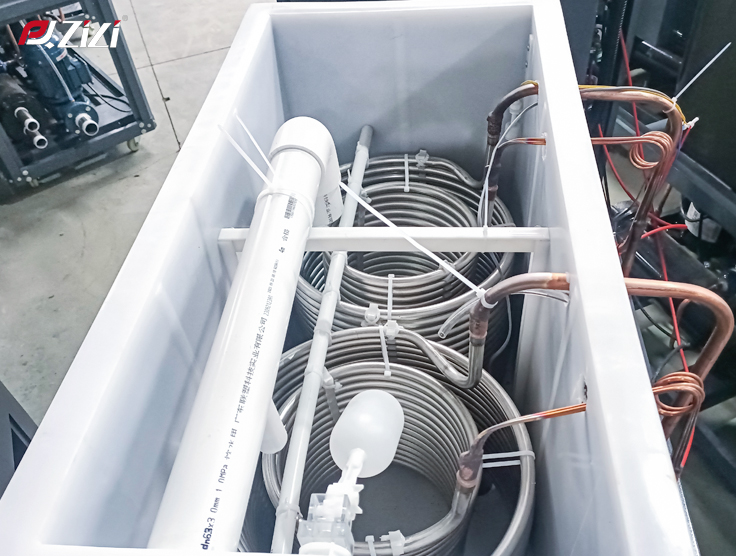
Conduct performance tests such as temperature control tests, pressure control tests, etc. to ensure that the chiller can work as required.